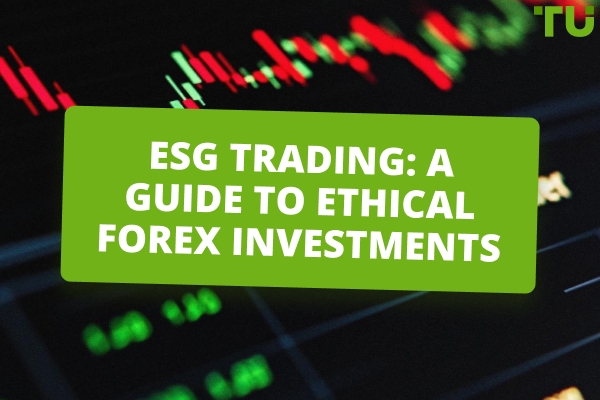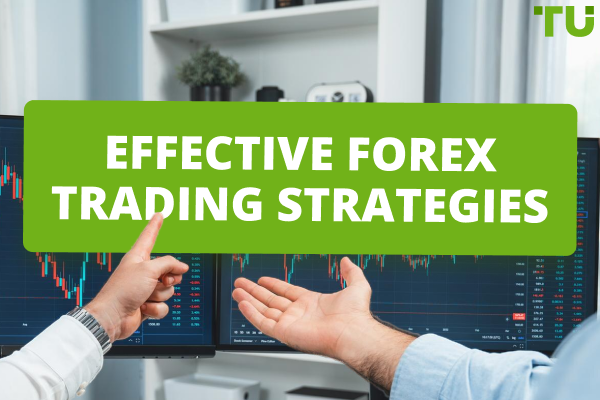Trend indicators
Trend indicators are mathematical price averaging. Based on this, the movement of the price (trend) in the future can be predicted. This group of indicators is characterized by the following behavior:
After a trend (price movement) appears in the market, the indicators alert about its start.
A certain time passes from the moment of the trend reversal to the moment of receiving the signal of the trend indicator – this is called indicator lagging. Therefore, prior to the appearance of the signal the price has already passed a part of the trend movement. At that, lagging of trend indicators contributes to higher reliability of signals provided by them.
If there is no trend in the market, the indicators provide many false signals. Therefore, working with them is justified only if there is an evident trend on the chart.













